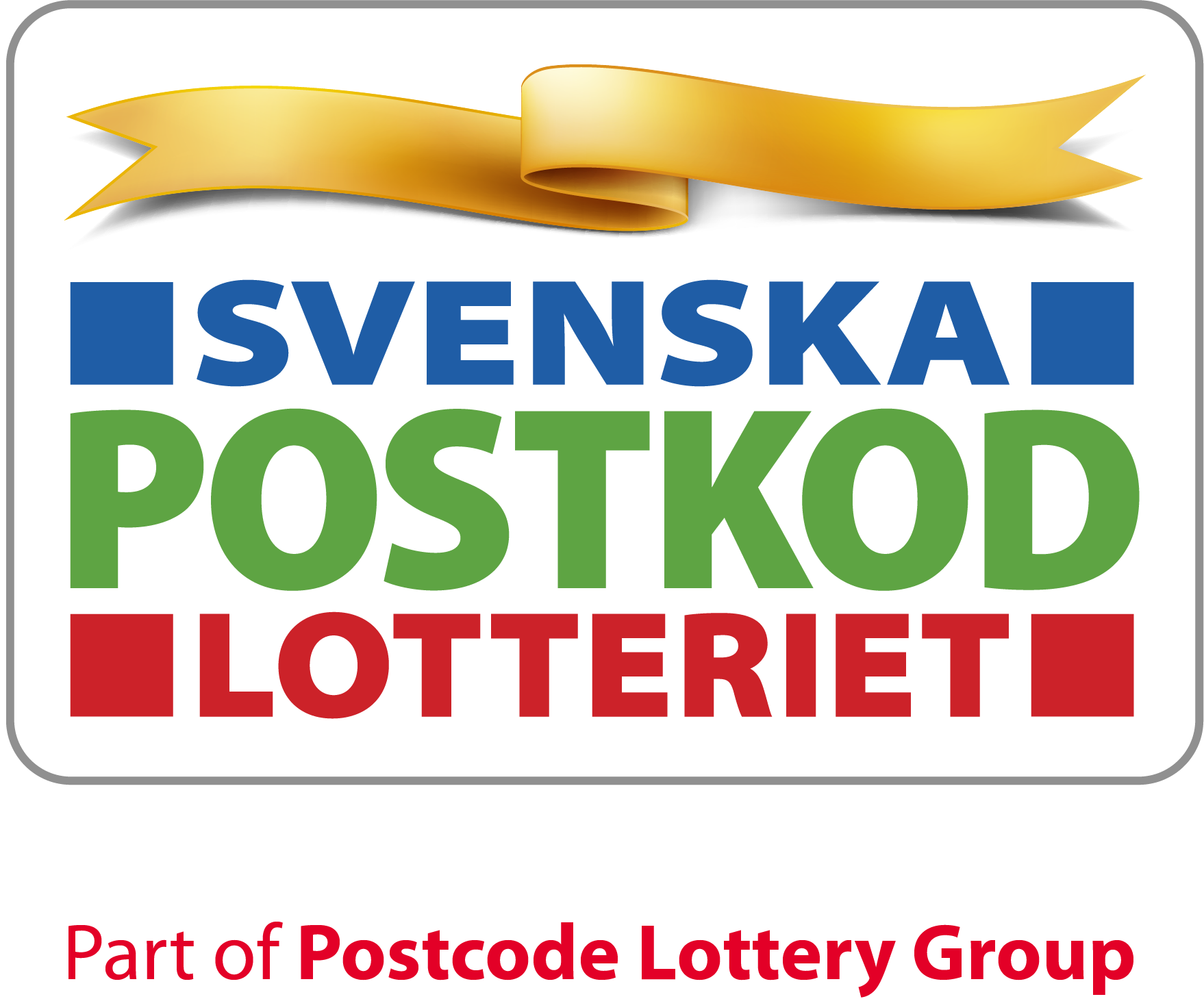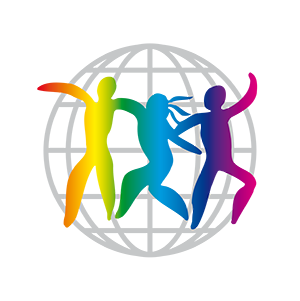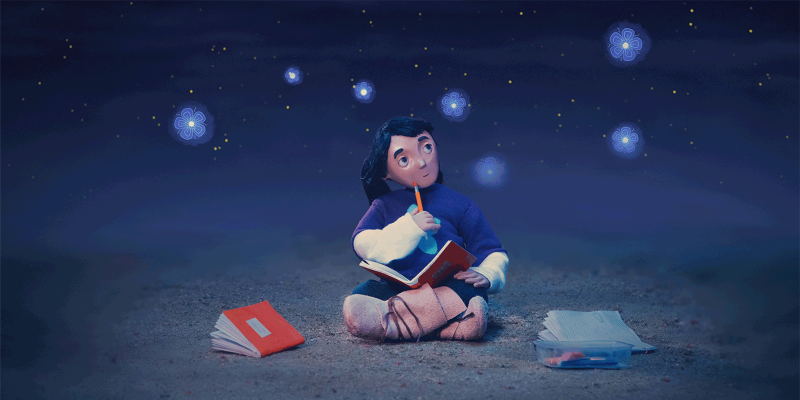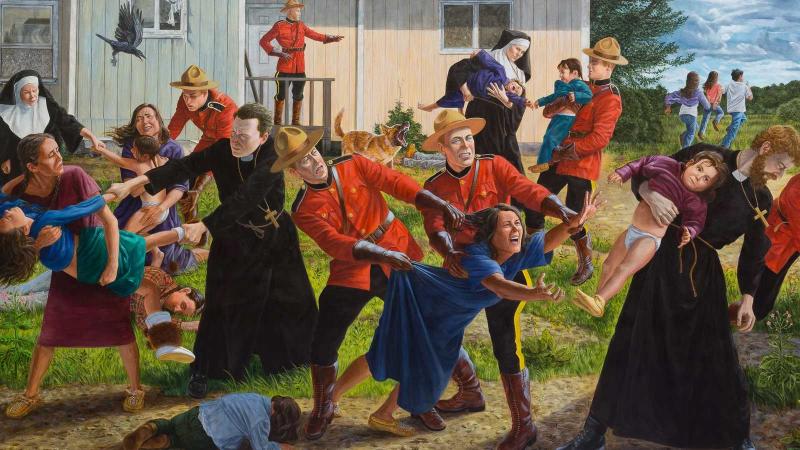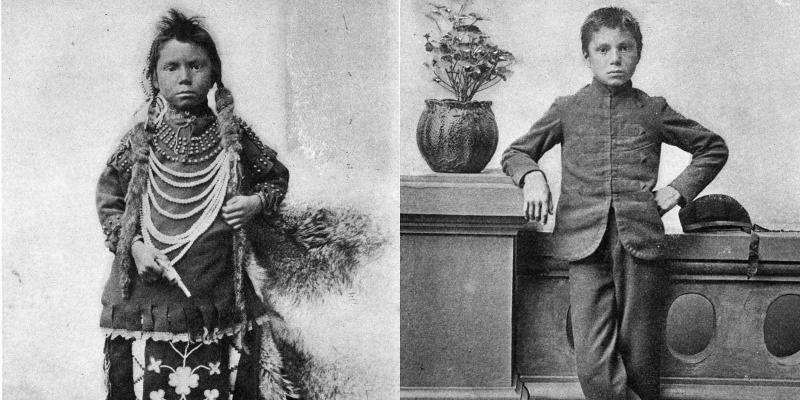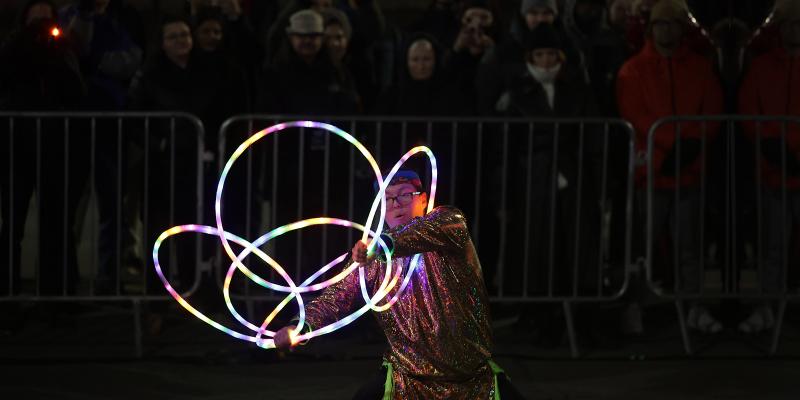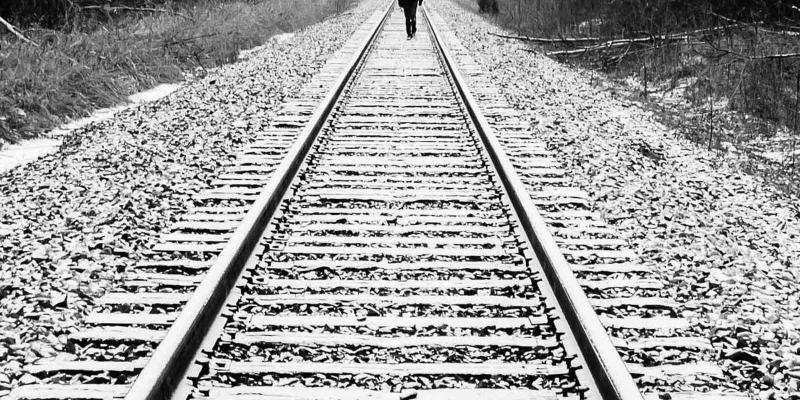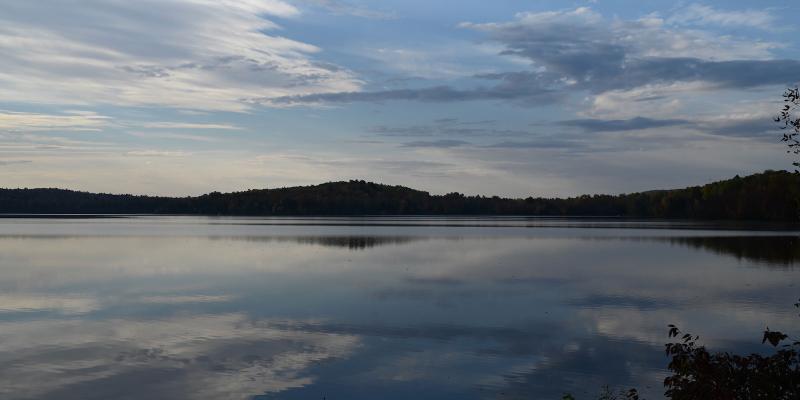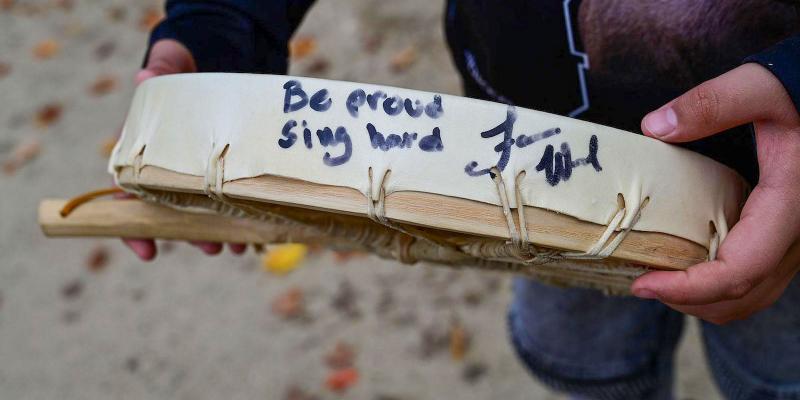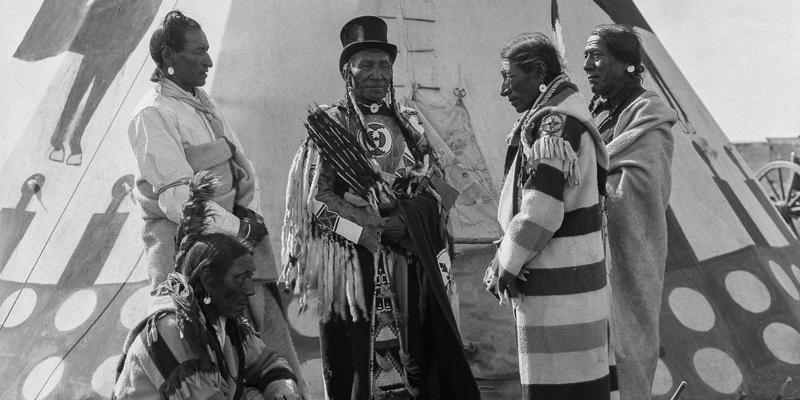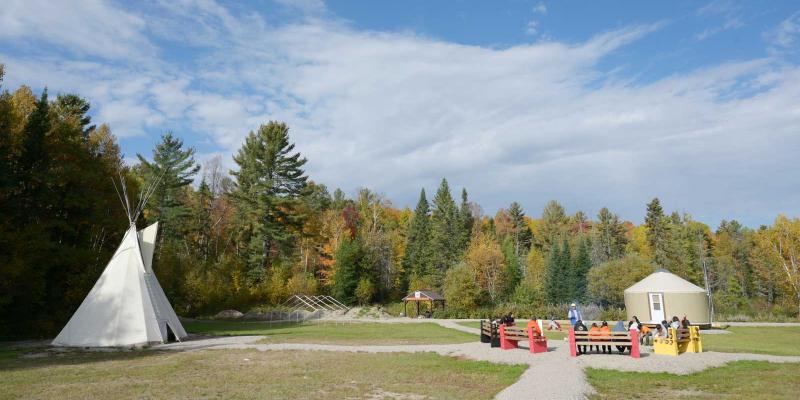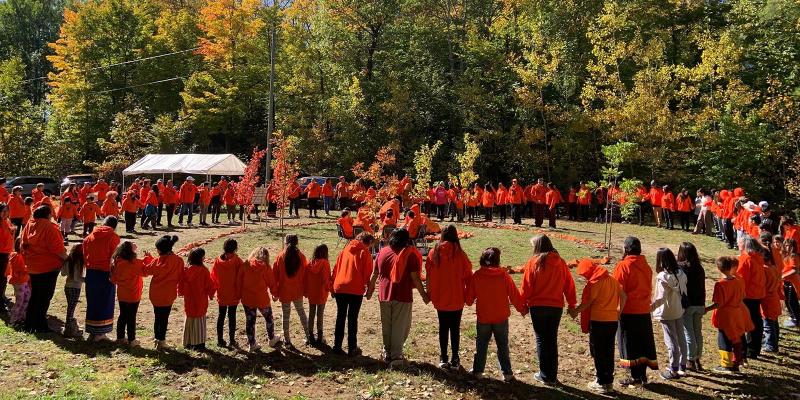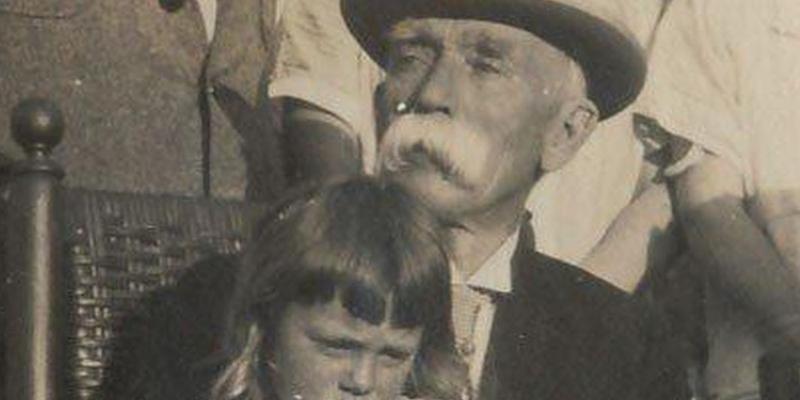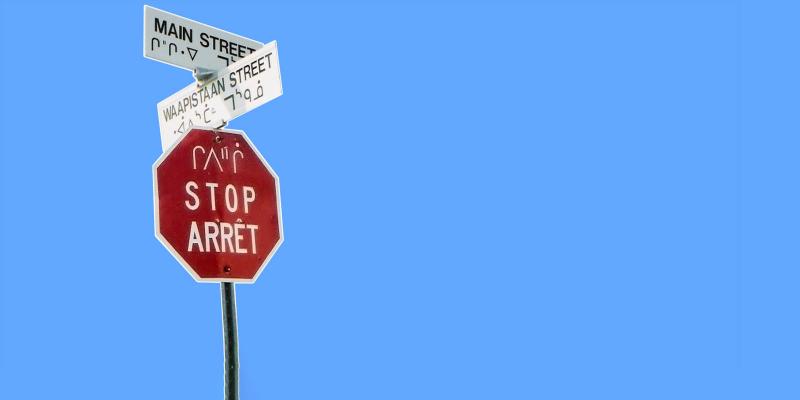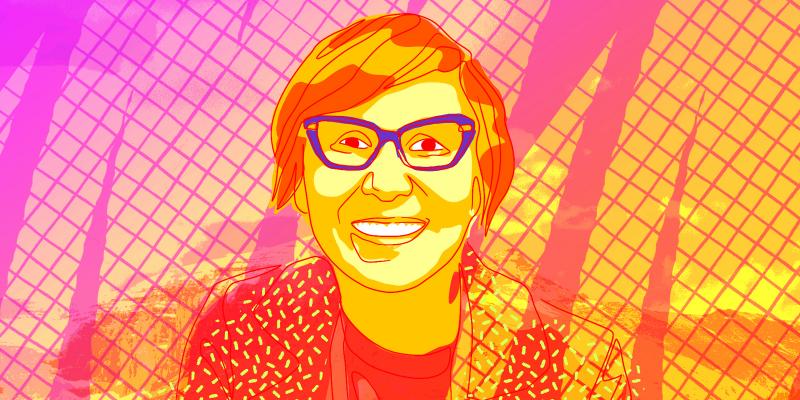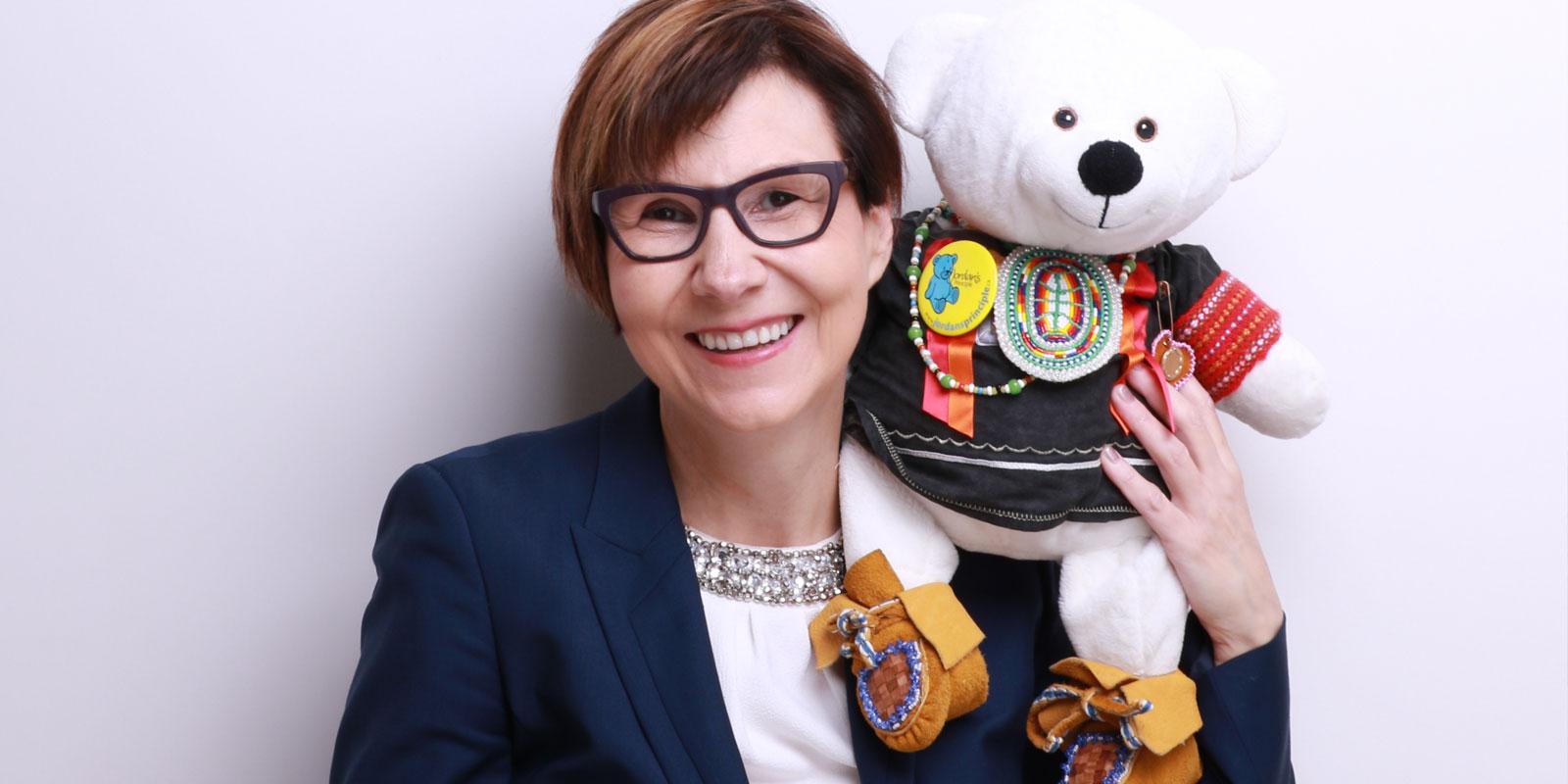
In May 2021, 215 unmarked children’s graves are discovered outside a closed school in Canada. Later, thousands more graves are found at other schools. Many politicians say they are shocked! But Cindy Blackstock isn’t surprised. After almost 30 years of fighting for equal rights for Indigenous children, she knows that they have been subjected to injustices and violence for generations.
Cindy grew up in the huckleberry fields of northern Canada, where her father was a forest ranger. Many of her peers were sent to residential schools for Indigenous children, but she got to go to a normal school in the nearest town. Cindy was the only Indigenous child there.
Cindy belongs to Gitxsan First Nation, one of over 50 Nations with their own language that are part of the First Nations, one of Canada’s three recognised Indigenous peoples.
When Cindy asked why there weren’t more children like her at school, she was told that ‘Indians’, as they called her people, didn’t care about education. That they were lazy and would only grow up to be drunks. That’s probably how Cindy would end up too, they said, and often used ugly and racist words to make her sad.
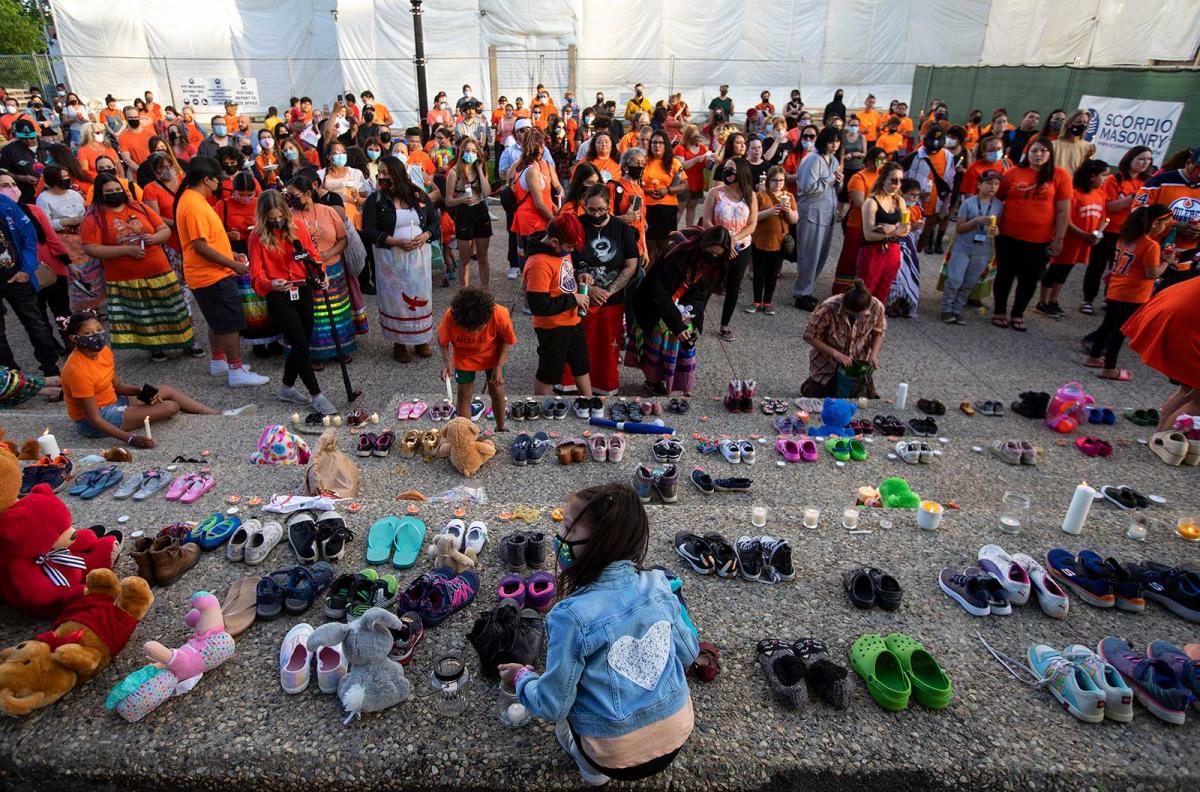
Dug graves
When Cindy was older, she found out what happened to Indigenous children in the terrible residential schools that for over a hundred years were run by churches and the Canadian government. They would grow up here far away from the ‘bad influence’ of their parents, and be made to forget their language and culture.“Bad things happened to children there. Many never returned home. Some children even had to help dig the graves for friends who had died,” explains Cindy. “You were punished for speaking your language. All the things that were special that your parents had given you were taken away. One school even had a homemade electric chair to punish the children with. They wanted to change you into being someone else.”
Violence and brainwashing
David Decontie is the same age as Cindy, but he never went to a normal school. First he was taken to St. Mary’s residential school at just four years old. Three years later he was moved to Pointe-Bleue school. “There were three priests on the front step, all dressed in black, but I couldn’t understand a word of what they were saying, because it was in French. We had two months to learn French, or else we’d get hit or had soap shoved into my mouth. I got sexually abused there. Even today, I don’t know who it was, because my head was on the ground.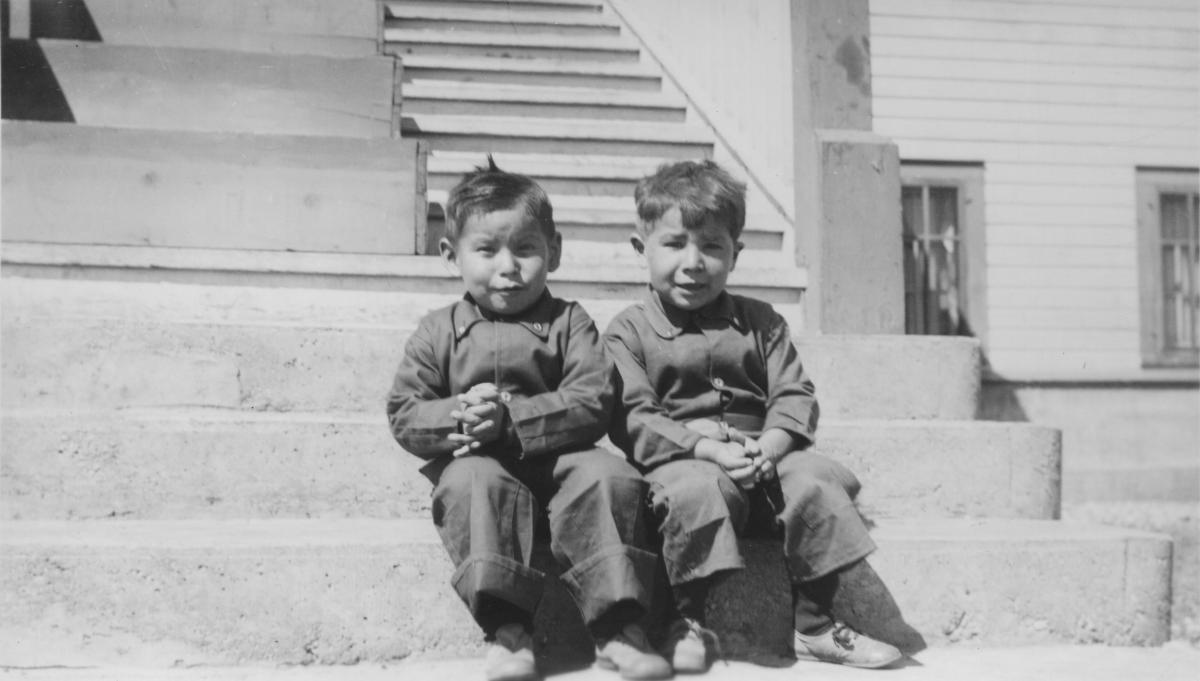
“There was a nun there who told me not to cry. She said men don’t cry. It stayed in my mind for the longest time. The only time I cried was when my father died. They brainwashed us and showed films about ‘cowboys and Indians’. The Indians were always the bad guys. I remember playing one day and I was shooting Indians.”
Lost everything
“When I came home after nearly ten years, I was like a stranger within my own family and no sense of belonging. I had lost my language and my culture. I drank and I tried to take my life ten times.”
Now sober, David still struggles daily to get over his experiences. “When my son was born I held him in my arms and told him, ‘I will never send you away, you will grow up with your people.’ I knew nothing about being a father, my wife taught me everything. I love being with my children and grandchildren. We learn about the old ways together and they help me re-learn the language, Algonquin.”
David was one of the 6,750 survivors who gave evidence about what had happened to them at the residential schools before the Truth and Reconciliation Commission – a group that worked for eight years to uncover the truth. Many cried and had to take breaks, because it was so difficult to relive all the terrible experiences. But they still spoke up, so that nothing like this would ever happen to children again.
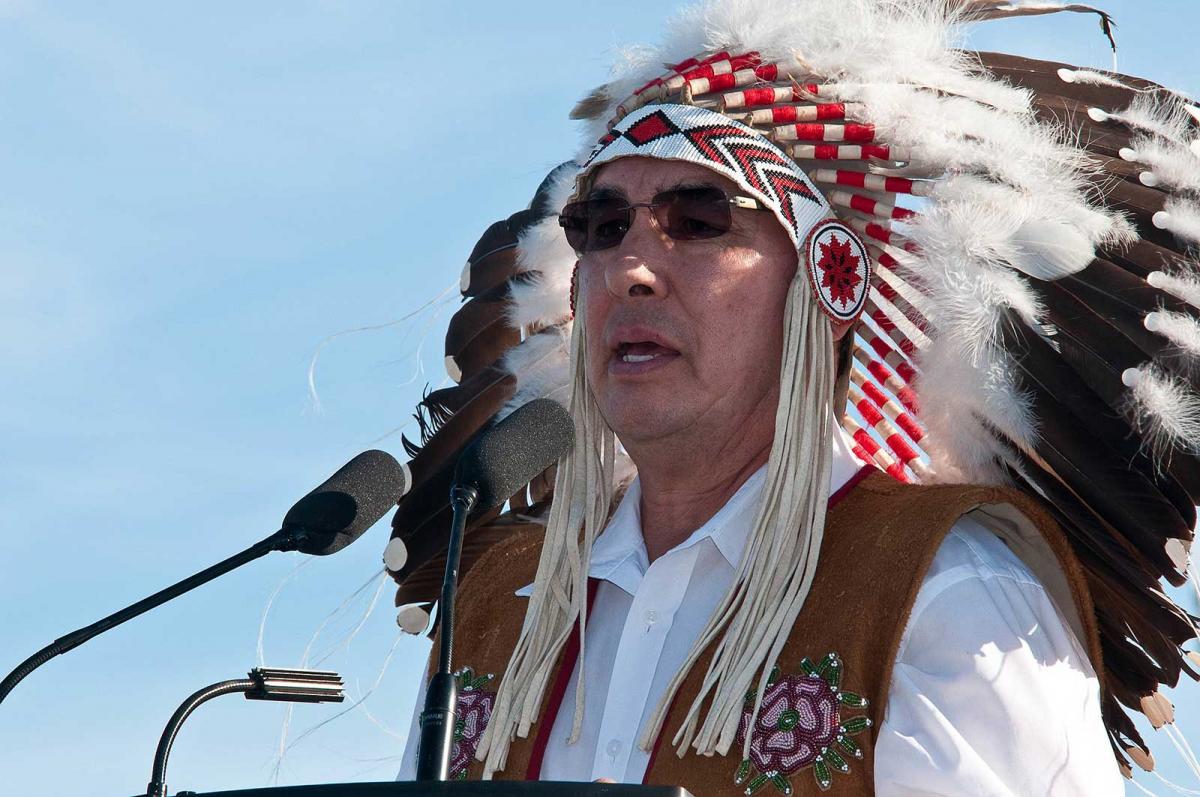
Truth will out
The Truth Commission wanted to remind people about what had been done to Indigenous people and give ideas on how everyone can help to make a change. The report gave details of terrible injustices; that the residential schools got far less money from the government than other schools in Canada, and lacked everything from trained staff, to food and books.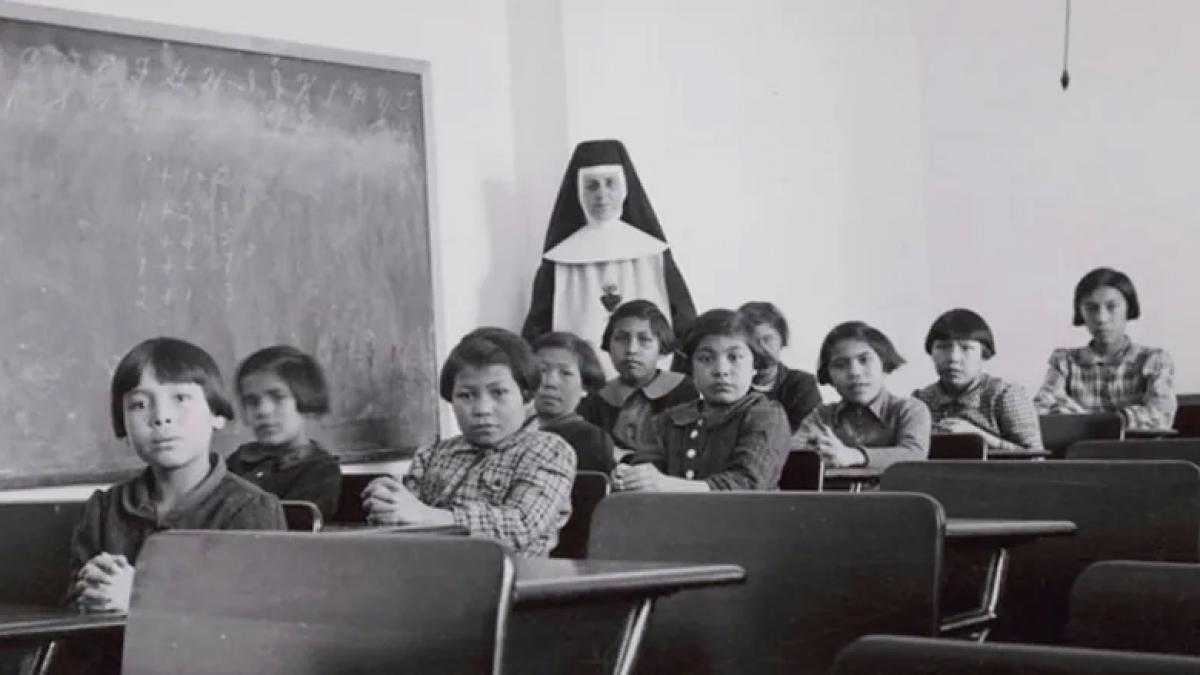
Lessons were short because the children had to work as servants and in the fields and forest. Dangerous diseases spread quickly in the overcrowded classrooms and dormitories, particularly during the freezing winters. Some years, a quarter of the pupils died!
Once the truth has come out, the next step is reconciliation. Reconciliation means to forgive but not forget, try to get along and be fair and kind to everyone. It can take a long time.
Meeting survivors
Cindy trained as a social worker and started seeing families that were really struggling. Many mums and dads that were suffering from the effects of what had happened to them, and to their own parents and grandparents, at residential schools. Like David, they didn’t know how to look after their own children. But instead of helping families stay together, the government continued to take the children away. When the last residential school closed at the end of the 1990s, children were instead placed in care or were adopted. They were often worse off where they ended up. Some children became so depressed they didn’t want to live any longer. Cindy had had enough. She wanted justice for the children and see fundamental change throughout Canada.
“When you see unfairness, it’s your job to learn how and why things became unfair and then do your best to fix it,” says Cindy. “Once you do that learning, you’ll find that there’s other people already working on this and they’ll give you ideas on how you can do your part. And that’s really how I started. I saw that First Nations children are really special, just the way they are. They deserve good schools, proper health care and clean drinking water. And they deserve support to help their family deal with that hurt from residential school.”
Challenging the government
Cindy became a founding member of the organization First Nations Child and Family Caring Society, which raises awareness and campaigns for children’s rights. She also studied law and children’s rights, and in 2007 things really kicked off! Cindy’s organization and a group of Indigenous people took a complaint about the government to the Canadian Human Rights Tribunal, which is a kind of high court, and demanded that they stop discriminating against Indigenous children.One of the children who has inspired Cindy is a little boy called Jordan River Anderson – a First Nations child who was born with a serious illness. Jordan had to stay in hospital until the age of two. Then the doctors said that he could move home to his family, as long as he had the medicine and carers he needed to make sure he was ok. But Jordan’s care was very expensive. “That’s where the problems started,” explains Cindy.
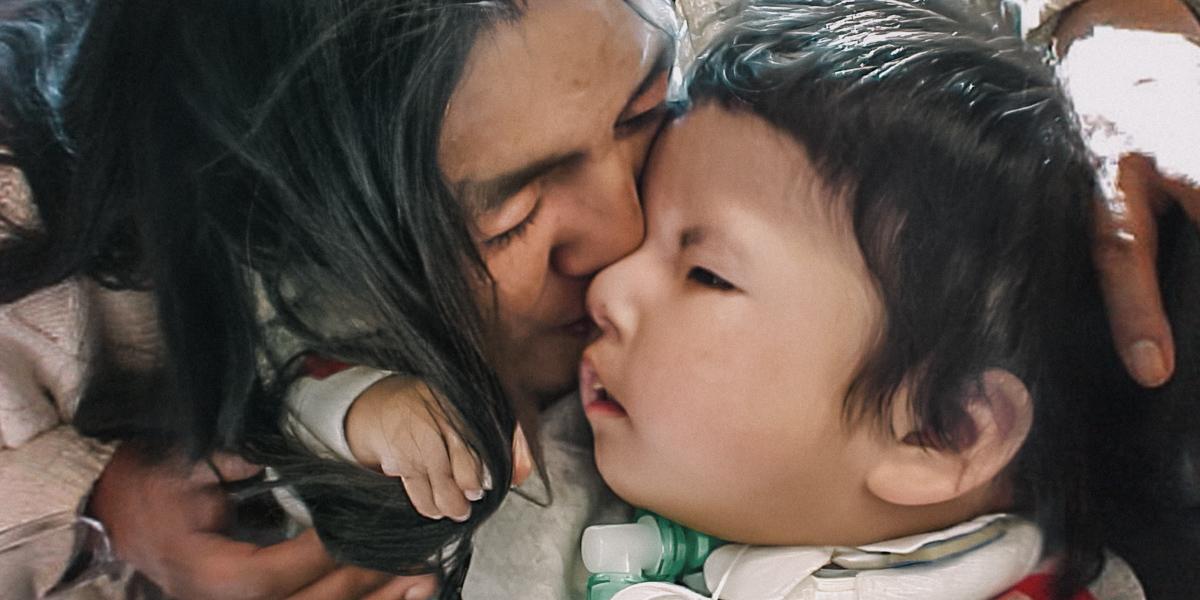
Battle over money
In Canada, children’s care is usually paid for by the province in which they live. But First Nations children’s care is paid for by the government. When Jordan was due to move back home, a dispute began between Manitoba province, where his family lived, and the Canadian government. They couldn’t agree on who was to pay for Jordan’s care. It took such a long time that Jordan became ill again. He never got to go home to his family, and died at the age of just five at the hospital.Many were ashamed, and a new rule was created in Jordan’s memory. ‘Jordan’s principle’ would make sure that what happened to him would never happen again. Yet still, it soon started happening to more Indigenous children. Cindy wanted the Human Rights Tribunal to tell the government to follow the law and give all children the care they needed.
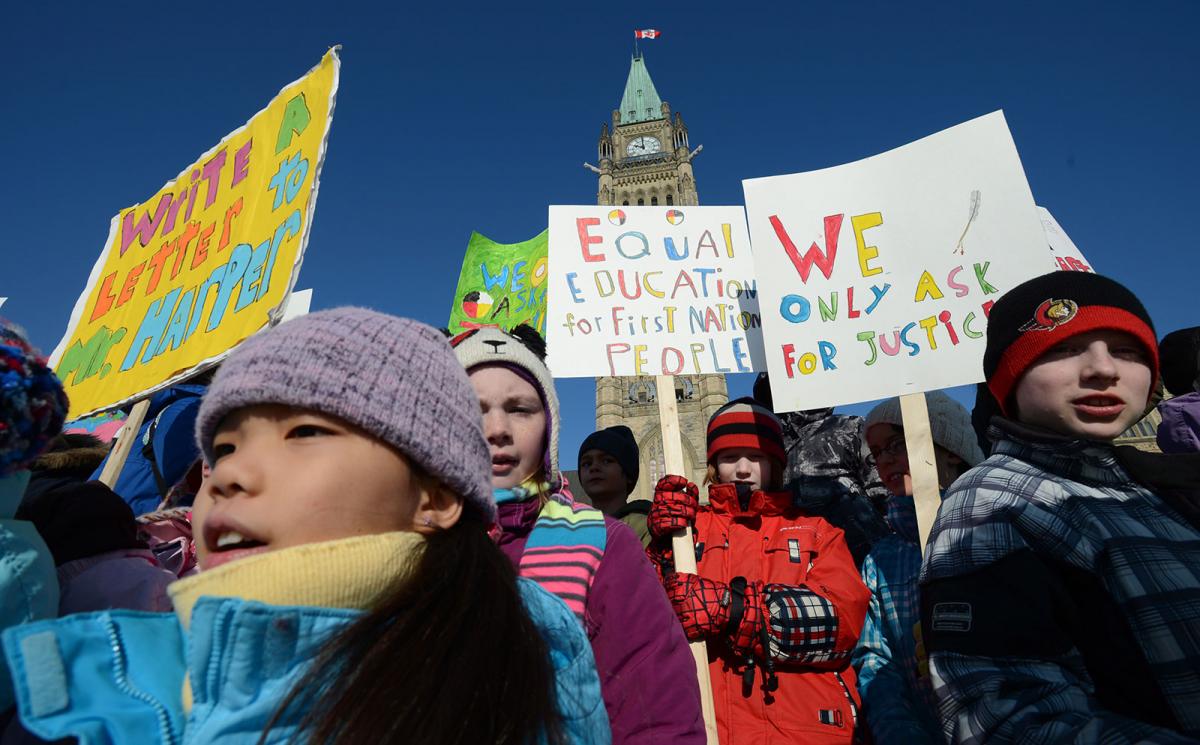
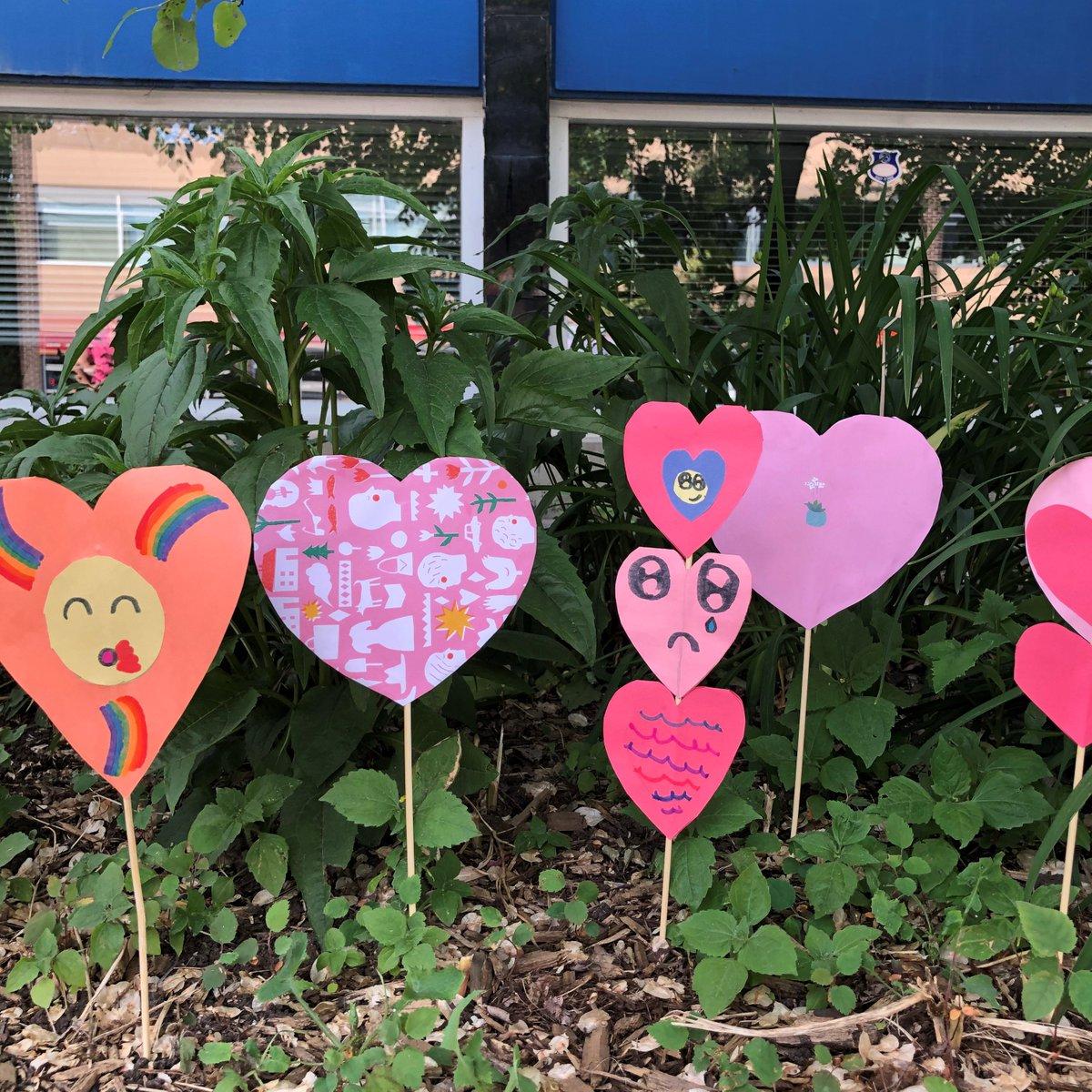
The Canadian government was totally against the tribunal taking up the case. They sent their lawyers to the court to protest and argue, which delayed the case for several years. Cindy spent a lot of time in court, but she also travelled across Canada to ask for support. When people learned about what was going on, they wanted to help! Thousands of children started writing letters to the prime minister to demand justice. Some came to the courtroom, and sang and supported Cindy and the others.
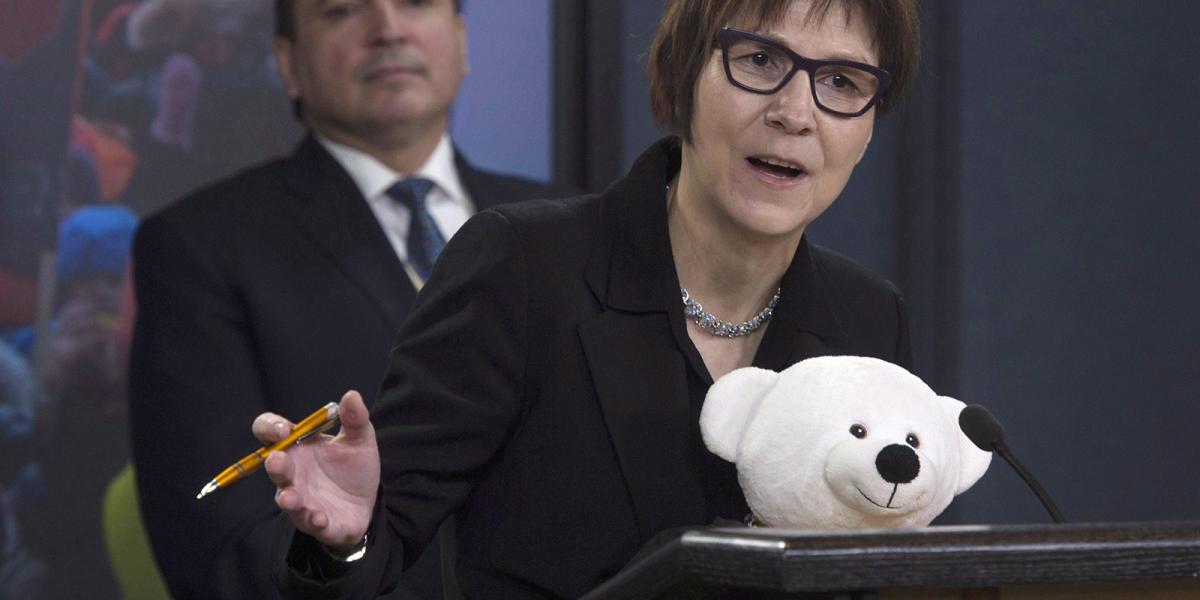
A win for the children!
It took nine years for the Human Rights Tribunal to announce their decision in 2014. Everyone celebrated, because the children won! The tribunal said that the government had discriminated against First Nations children and had to follow the law.“Children can really make a difference when they come together for what’s right,” says Cindy.
To this day, many Indigenous children are still lacking in everything from clean water, to good schools. Cindy continues to fight legal cases, partly to make sure everyone who lost their childhood in residential schools gets financial compensation and support. Cindy will not give up until every child matters!
TEXT: Carmilla Floyd
PHOTO: Adrian Wyld/THE CANADIAN PRESS. Sean Kilpatrick/THE CANADIAN PRESS. Jason Franson/THE CANADIAN PRESS. Alanis Obomsawin. First Nations Child and Family Caring Society. Saskatchewan Archives Board. Library and Archives Canada.
Långgatan 13, 647 30, Mariefred, Sweden
Phone: +46-159-129 00 • info@worldschildrensprize.org
© 2020 World’s Children’s Prize Foundation. All rights reserved. WORLD'S CHILDREN'S PRIZE®, the Foundation's logo, WORLD'S CHILDREN'S PRIZE FOR THE RIGHTS OF THE CHILD®, WORLD'S CHILDREN'S PARLIAMENT®, WORLD'S CHILDREN'S OMBUDSMAN®, WORLD'S CHILDREN'S PRESS CONFERENCE® and YOU ME EQUAL RIGHTS are service marks of the Foundation.
